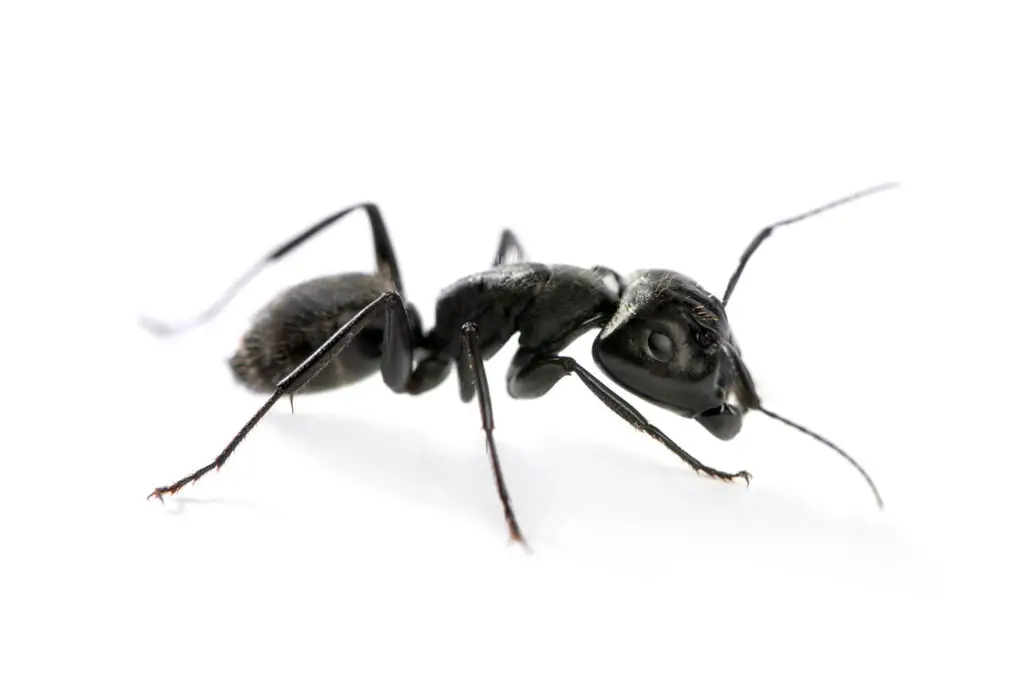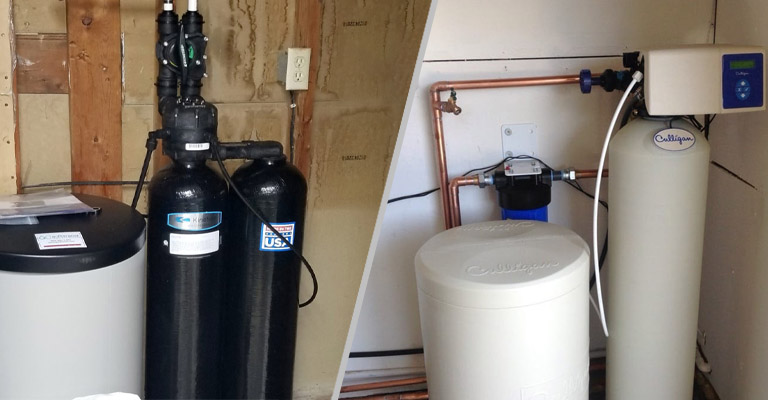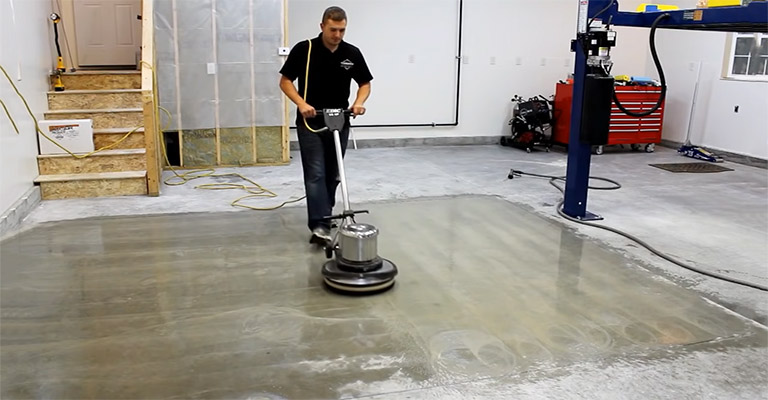How to Get Rid of Carpenter Ants and Protect Your Home

Carpenter ants are notorious for wreaking havoc on wooden structures. They tunnel through wood to build their nests, causing significant structural damage over time. If you’re struggling with a carpenter ant infestation, this comprehensive guide will show you how to get rid of carpenter ants effectively and efficiently.
Identify the Problem
The first step to eliminate carpenter ants is accurate identification. These insects are often mistaken for termites due to their similar destructive behavior. However, carpenter ants are usually larger, with a distinctly segmented body and bent antennae. Look out for frass (wood shavings mixed with dead ants) as it’s a clear indication of their presence. Regularly inspect your property, particularly damp and rotting wood areas, which are attractive to these pests.
Eliminate Food Sources
Carpenter ants have a diverse diet that includes other insects, plant juices, and food scraps, particularly sweets and meats. To discourage them, keep your kitchen and dining areas clean. Sweep up crumbs immediately, seal food containers tightly, and promptly deal with spillages. Regularly taking out the trash can also reduce the attractiveness of your home to these ants.
Remove Moisture Sources
Carpenter ants thrive in damp environments. Leaky pipes, roof leaks, or any moisture-laden spots can be the ideal breeding ground for these ants. Regularly inspect and repair any water-related issues in your property to decrease the chances of an infestation.
Destroy the Nest
Carpenter ants’ nests are usually located in moist wood, both indoors and outdoors. Once you’ve identified the nest, consider using a non-repellent insecticide specially designed for carpenter ants. These products are carried back to the colony by foraging ants, spreading the poison and effectively eradicating the entire nest.
Choose the Right Treatment
One crucial aspect of effectively eliminating carpenter ants lies in choosing the right treatment method.
Non-repellent Insecticides
Non-repellent insecticides are an excellent choice for destroying the carpenter ant colony. These products do not deter the ants, allowing them to carry the insecticide back to their colony, effectively eliminating the entire population.
Baits
Baits are another effective solution for dealing with carpenter ants. They are available in gel, granule, and solid form, and contain a mixture of food and slow-acting poison. Like non-repellent insecticides, baits are taken back to the colony, causing widespread annihilation.
Dust Insecticides
Dust insecticides are perfect for treating hard-to-reach nest areas, such as voids in walls or hollow doors. They provide long-lasting control and are especially effective when used in conjunction with other methods.
Natural Remedies
If you prefer a non-chemical approach, several natural remedies can help manage carpenter ant infestations.
Diatomaceous Earth
Diatomaceous Earth (DE) is a non-toxic powder made from fossilized marine phytoplankton. When carpenter ants come into contact with DE, it absorbs the oils from their exoskeleton, causing them to dehydrate and die.
Essential Oils
Essential oils such as peppermint, cedarwood, or cinnamon can deter carpenter ants. Mix a few drops with water, and spray it around your home, especially in areas you suspect the ants might be frequenting. However, it’s important to note that while these may repel ants, they may not effectively eliminate an established infestation.
Follow-up Actions
After you’ve successfully gotten rid of carpenter ants, continuous vigilance is key. Regularly monitor your property for any signs of re-infestation. This includes routinely inspecting damp or rotting wood and checking hidden areas that could potentially harbor nests.
Professional Pest Control
In extreme cases where DIY methods are ineffective, professional pest control services may be necessary. These experts have the tools, experience, and expertise to deal with heavy infestations. It might be an investment, but it’s worth it for the long-term preservation of your property.
Prevent Future Infestations
Prevention is the best strategy against carpenter ants. Regularly inspect your home for signs of infestation. Maintain a clean and dry environment. Seal potential entry points such as cracks and crevices around your property. Regularly prune tree branches that may provide access to your home.
Conclusion
It’s clear that taking timely steps to identify carpenter ants and locate their nests are key aspects of managing an infestation. Just as the diligent worker ants chip away to build their intricate carpenter ant nests, homeowners must be equally vigilant to prevent carpenter ants from inflicting more damage. Remember, unlike termites, carpenter ants don’t eat wood but excavate it to build their nests, resulting in structural weakening and significant carpenter ant damage over time.
To successfully kill carpenter ants, choose the appropriate carpenter ant control methods ranging from non-repellent insecticides to natural remedies. Pay close attention to both regular black carpenter ants and their winged counterparts, flying carpenter ants, as both can lead to substantial infestations. While a carpenter ants bite may not be a serious concern for most, their destructive nesting habits should be.
Always keep your environment clean, dry, and free from food sources that may attract carpenter ants. Timely intervention, effective strategies, and preventive measures will safeguard your home from potential invasions, ensuring that your encounter with these pests doesn’t grow from a small problem into a massive battle with established carpenter ant colonies.




